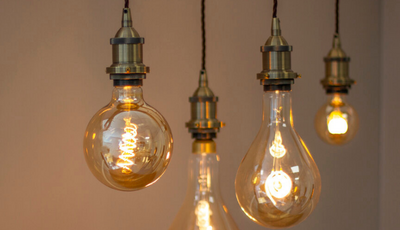Elesi Blog
Lighting Guides & Interior Design Tips
-
What Colours Go With Peach?
Peach is a popular colour for interiors. We explore what colours go with peach, and complement each other well in your home. -
Kelvins Vs Lumens
Kelvins are one of the most important vitals of a bulb that tell us what type of light, and ambience the bulb will create. We take a look at both kelvins & lumens and how to compare the two. -
Can You Put A Shaver Socket In A Bathroom?
Whilst lighting must be suitably IP rated, shaver sockets do not carry the same rules. We look at the reasons why and explore some of the recommended locations. -
Lumens Vs Lux
We take a look at lumens and lux of light bulbs, what these two features mean, and which one you should look for when buying bulbs. -
Can Downlights Be Used In The Bathroom?
We explore using downlights in your bathroom, and what precautions you need to take. -
Are LED Light Bulbs Safe?
LED light bulbs have been a hot topic for many years now, and we hear a lot about their energy efficiency. But are LED light bulbs safe? -
How Many Downlights In The Bathroom?
Whether you're refitting or renovating a bathroom, you might be wondering how many downlights are the right amount for a bathroom. We explore this commonly asked question. -
Contemporary Living Room Ideas On A Budget
Whether you're looking to freshen up your existing home or are completely renovating a property, we explore contemporary living room ideas on a budget. -
What Colours Go With Pink?
If you're looking to bring this shade into your home, we take a look at the colours which go well with pink.











